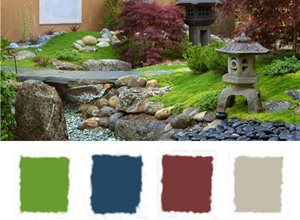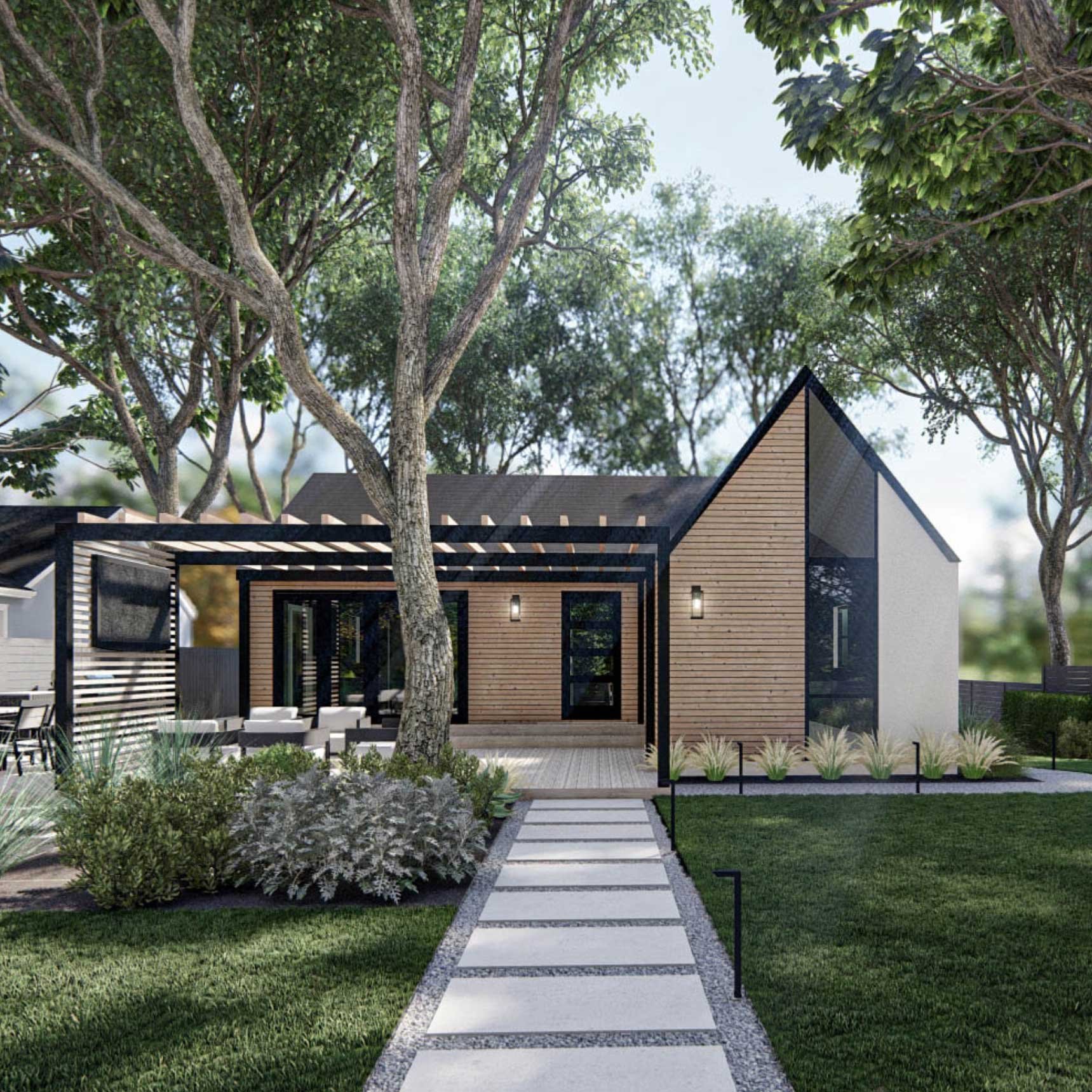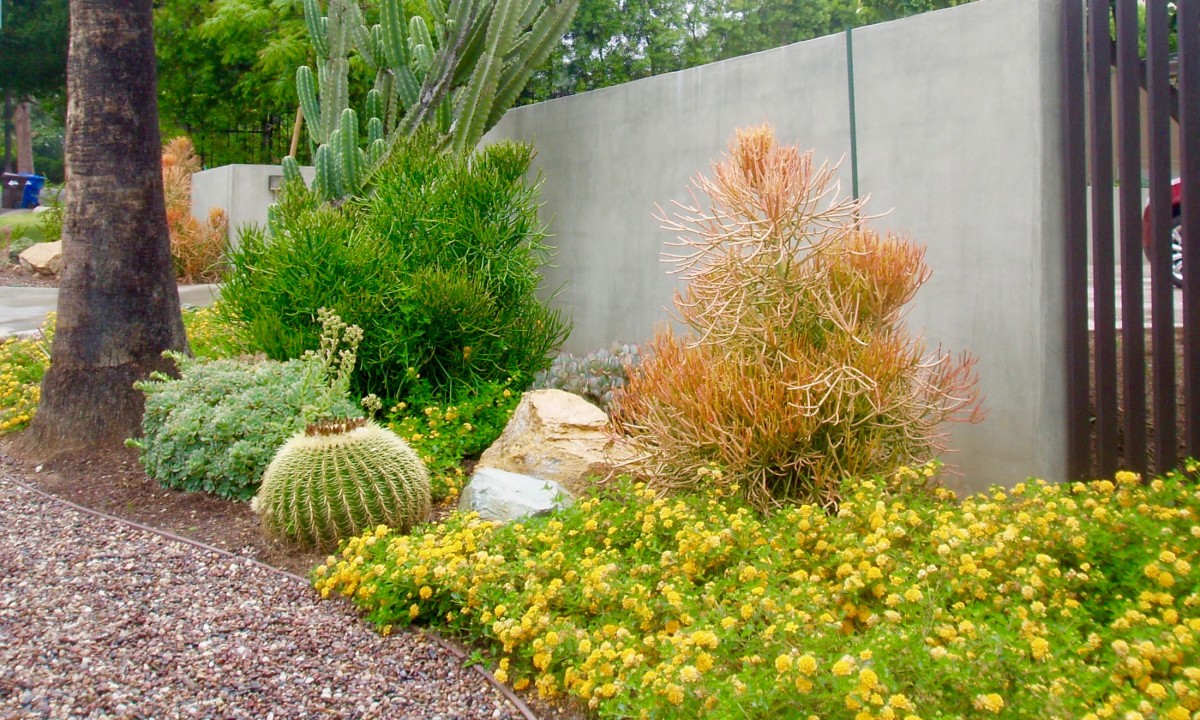7 Simple Techniques For Landscapers
7 Simple Techniques For Landscapers
Blog Article
The Definitive Guide to Landscapers
Table of ContentsSome Known Details About Landscapers Excitement About LandscapersThe 4-Minute Rule for LandscapersNot known Details About Landscapers The Single Strategy To Use For LandscapersSome Known Details About Landscapers
- A yard attribute where water is stood for by an accumulated rock item, usually a gravel or granite.- A rock or natural flagstone patio, path, or pathway developed without a concrete base.- A rock keeping or free standing wall constructed without using mortar. A highly knowledgeable mason is needed for a completely dry stack rock wall surface. The majority of wall surfaces in Portland are not completely dry piled, even if they seem. - A below ground structure that collect water and permits it to reduce percolate right into the dirt around it.
Landscape layout that works with a sites' atmosphere in both appearance and sustainability without unfavorable influences to the atmosphere. Interrupting the landscape is a line of demarcation that creates aesthetic rate of interest in the yard by separating one segment from one more section. This can be aesthetic or practical, keeping one element (such as pea crushed rock) from obtaining combined right into one more (like bark dust).
Locations can also sense of "enclosure" given by trees, other growings, fences, or screens. The landscape near the entry to a building. A tree, bush or creeping plant, educated to grow on a wall surface or fence into a details pattern. Specifically useful for fruit trees, making it easy to gather the fruit and including mess.
The Best Strategy To Use For Landscapers

The element in a landscape layout or location in a landscape that is meant to be most prominent. The centerpiece can be a plant, stone, sculpture, gathering space, or other landscape feature. A style of gardens or yard aspects that stress straight lines, ideal angles and circles. Shrubs or hedges found in beds near the structure of a home or other structure.

The smart Trick of Landscapers That Nobody is Discussing
Low plants that are permitted or motivated to spread over an area. Can refer to any "tough" yard elements including statuary or stones but many typically is utilized to refer to paths, patio areas, and walls - Landscapers.: Height distinction in between the level of water in a pond (or the level of the pump if it sits outside the pond) and the upper electrical outlet of water which influences efficiency of the water pump in gph (gallons per hour).
Fence boards that run horizontally, often used in modern or Japanese-inspired landscape designs. Proper usage of fictional lines can assist the landscape really feel connected to the home and other aspects.
Standard PNW landscapes are casual. A plant that spreads out more than wanted, or into linked here environments where it does damages.
Landscapers - Questions
Can consist of head positionings and protection, pipeline sizing, GPM specifications, and materials needed to mount this system. Licensed professional that creates landscapes, schooled in design and architecture as well as in gardening.
The specialist that intends and creates landscape tasks, normally at a household or little industrial level with the significant style inspiration on growings. Landscape developers generally have much less education than Landscape Architects and are not licensed. A finished landscape design, describing all aspects for the new landscape. This typically takes the form of an illustration theoretically.
Using several growings of the same selection to load in an area in the landscape. This can reduce maintenance and water use in the yard.
A mix of cement, sand, and water that is made use of in rock masonry for establishing stones and joints. A layer of garden compost or bark dust used at the base of a plant. A mass planting of moss. A plant that was present in a geographical location before people started altering the landscape.
A Biased View of Landscapers
How the yard or a yard aspect is arranged in partnership to an existing or brand-new attribute or to an instructions. Maintaining a lawn without using chemical herbicides, chemicals, or fertilizers. Grasses that are not cut but grown in landscapes as perennials. This is a partly open sided relaxation or entertainment location that joins a home, made use of for amusing, outside dining and merely taking pleasure in the outside setting.

Small round gravel. Plants that supply seasonal interest and afterwards die back in the winter months. Annuals do not click resources come back the following period, however perennials do. Winter grass that is the most common turf yard in Rose city, OR and the rest of the PNW.An open roofed framework over an outdoor patio or other landscape function.
The most usual landscape gravel in the PNW. Location of the landscape designed to manage rainfall water until Visit This Link it can soak right into the ground.
Framework made from timber, concrete, leading rocks, bricks or other materials for maintaining inclines and avoiding too much erosion. Narrow gutter. Developing a yard feature consisting mainly of stones with growings that complement and can grow in the rocky atmosphere. Lawn sprinkler head design that revolves a stream of water across an area.
Some Ideas on Landscapers You Should Know

Report this page